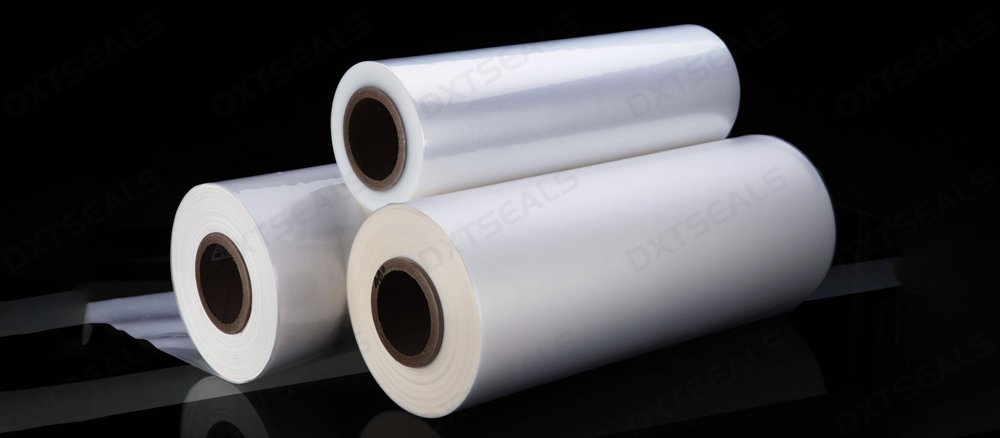
Plastic films play a crucial role in various industries, offering durability, flexibility, and cost-effectiveness. Among the most commonly used materials are Polyethylene (PE) and Polypropylene (PP) films. Each material has distinct properties that make it suitable for different applications. In this article, we will compare PE and PP films, highlighting their advantages in manufacturing.
Understanding Polyethylene (PE) Films
Polyethylene (PE) films are widely used in industrial and packaging applications due to their excellent flexibility, moisture resistance, and durability. Some of the key characteristics of PE films include:
-
High flexibility: PE films are softer and more stretchable than PP films, making them ideal for applications requiring elasticity.
-
Excellent moisture resistance: PE films are highly resistant to water, which makes them perfect for food packaging and moisture-sensitive products.
-
Chemical resistance: PE films withstand exposure to a variety of chemicals, making them suitable for industrial use.
-
Lightweight and cost-effective: PE films offer a cost-efficient solution for manufacturing needs while maintaining good strength.
Common Applications of PE Films
-
Food and beverage packaging
-
Agricultural films
-
Protective wrapping
-
Medical packaging
Understanding Polypropylene (PP) Films
Polypropylene (PP) films are known for their superior strength, higher melting point, and rigidity compared to PE films. Key advantages of PP films include:
-
Higher strength and rigidity: PP films are more rigid and stronger, making them suitable for high-strength applications.
-
Better heat resistance: PP films can withstand higher temperatures, making them ideal for hot-fill packaging and microwave-safe applications.
-
Improved clarity: PP films offer better transparency, making them preferable for display packaging.
-
Higher resistance to grease and chemicals: PP films are widely used in the pharmaceutical and food industries due to their chemical resistance.
Common Applications of PP Films
-
Snack and confectionery packaging
-
Labels and laminations
-
Stationery and book covers
-
Medical and pharmaceutical packaging
PE vs. PP Films: Which One to Choose?
When selecting between PE and PP films for manufacturing, consider the following factors:
-
Flexibility vs. Rigidity: If your application requires a more flexible film, PE is the better choice. For rigid and strong packaging, PP is preferred.
-
Heat Resistance: PP has a higher melting point, making it suitable for heat-intensive applications.
-
Moisture and Chemical Resistance: PE provides superior moisture protection, while PP offers better grease and chemical resistance.
-
Cost Considerations: PE is generally more cost-effective, while PP provides greater durability for long-term applications.
Conclusion
Both Polyethylene (PE) and Polypropylene (PP) films offer unique advantages in manufacturing. The right choice depends on the specific requirements of your application. At DXTSEALS, we provide high-quality PE and PP films tailored to your industrial needs. Contact us today to find the best plastic film solution for your business!
For more information, visit DXTSEALS or contact our team for expert guidance on selecting the best film material for your manufacturing needs.
